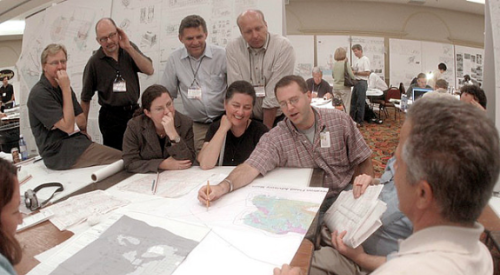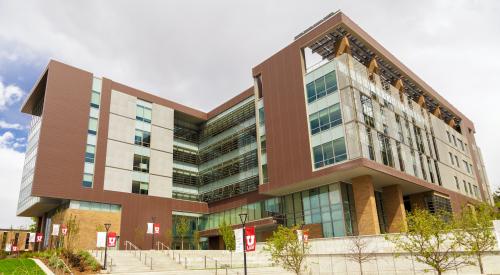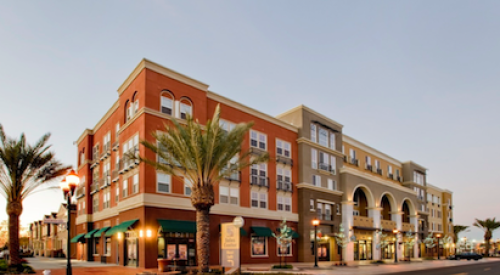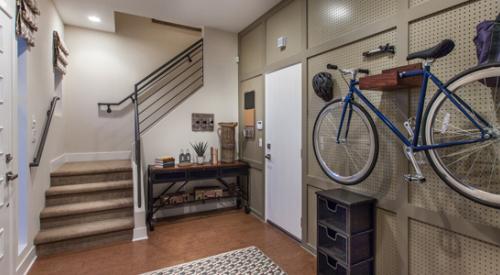We’re teetering on the edge of a new age. As technology integrates into nearly every aspect of our life, builders and city planners have the chance to shape the future of smart cities to empower citizens and promote robust community life. The concept of smart cities is compelling: a glowing, interconnected ecosystem that seamlessly caters to our needs and provides businesses and government information to curate our cities as precisely as our social media feeds. Smart cities can become a great catalyst to connect residents and create a brighter future for America. But there is a fine line between technology that empowers Americans, and technology that could potentially exploit us, leading to a 1984-type situation. Instead of investing in surveillance technology and corporate analytic tools, professors from institutions such as Georgetown University argue that actively pursuing a future where smart cities include technology fosters community building and empowers its residents.
Welcome to the city of the future, designed by Sidewalk Labs, an Alphabet subsidiary.
It’s a city where data and algorithms will merge imperceptibly with the physical world. Cameras lining the streets will track and collate objects and people. Heated sidewalks will recognize foot traffic and feed those insights back into retail projections. And a central identity management system will meter usage of basic services such as housing and transportation (while discovering financing and investment opportunities along the way). These exciting new developments supposedly deliver more comfortable, efficient lives for residents, who would probably consider Sidewalk’s harvesting their data a fair trade, as long as they didn’t think too hard about it.













